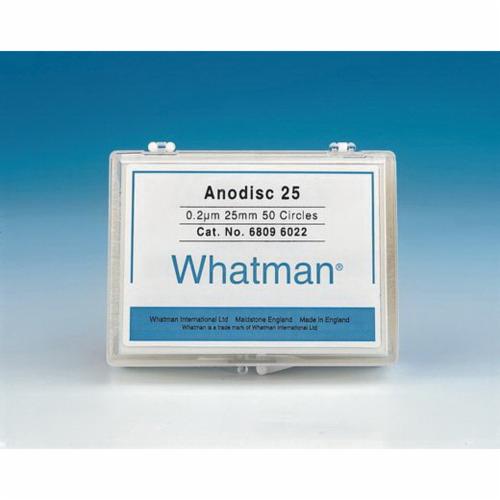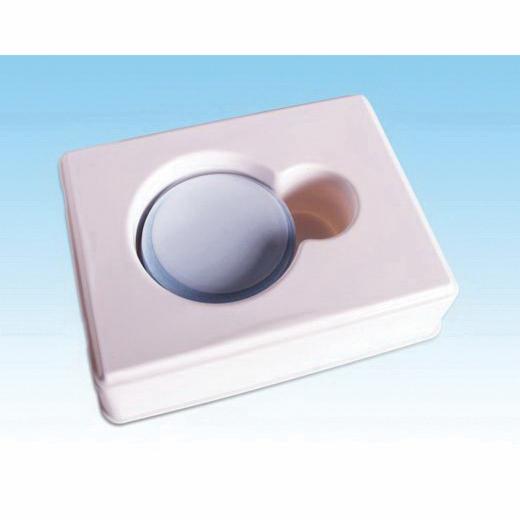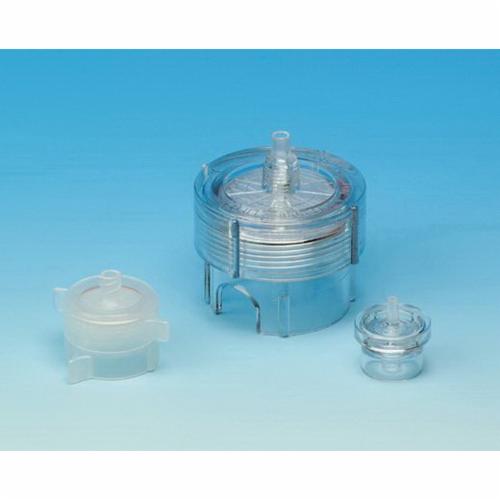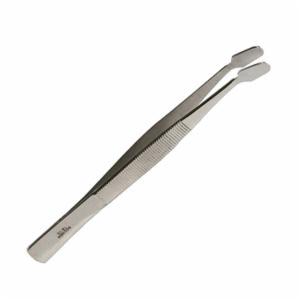This is an alert about new products, services, trainings, jobs, weather, sales, holidays, closings, etc. New products
Whatman™ Anodisc™ Inorganic Membrane Filter without Support Ring, 13 mm dia, 0.1 µm Pore Size
Inorganic Membrane Filter, 13 mm dia, Aluminum Oxide, 0.1 µm Pore Size, Without Support Ring, Circle, Low Protein Binding, Hydrophilic, For Laboratory Filtration Applications
- Manufacturer Part No: 68097013
- SECO Part No: GEH-68097013
- Sold As:
-
Availability:

Login to View Your Price
-
List Price :

Anopore inorganic membranes (Anodisc™) from GE are well suited for a variety of filtration applications. With a novel aluminum matrix and honeycomb pore structure, Anodisc™ facilitates controlled filtration.
| Material (ml/min) | : | Aluminum Oxide |
| Diameter | : | 13 mm |
| Autoclavable | : | Yes |
| Pore Size | : | 0.1 µm |
| Construction Process | : | Thermal Weld |
| Solvent Resistancy | : | Very Good |
| Hydrophilic | : | Yes |
| Membrane Type | : | Anodisc™ |
| Maximum Temperature | : | 400°C |
| Porosity | : | 25 to 50 % |
| Protein Adsorption | : | Low |
| Refractive Index | : | 1.6 |
| Support Ring | : | No |
- Extreme precision due to high pore density and narrow pore size
- Virtually transparent when wet; beneficial for light and electron microscopy
- When working with proteins, sample loss is minimized because of the extremely low binding
- Wide solvent compatibility reduces the need to stock an assortment of membranes
- Absence of manufacturing additives ensures minimal extractable that contribute to sample contamination
- Minimal auto fluorescence
- For accurate electron microscopy
- For anopore inorganic membranes
- Electron microscopy sample preparation requires a high-quality membrane to ensure that analytical results accurately reflect the sample state
- Anodisc™ membranes can also be used for liposome extrusion, HPLC mobile phase filtration and degassing, solvent cleaning, and gravimetric analysis
- Microorganisms are captured on the surface of the Anodisc™ membrane for subsequent analysis by light or electron microscopy
- When wet, the hydrophilic membrane is virtually transparent; retained particles do not need to be transferred to another surface before microscopic examination







